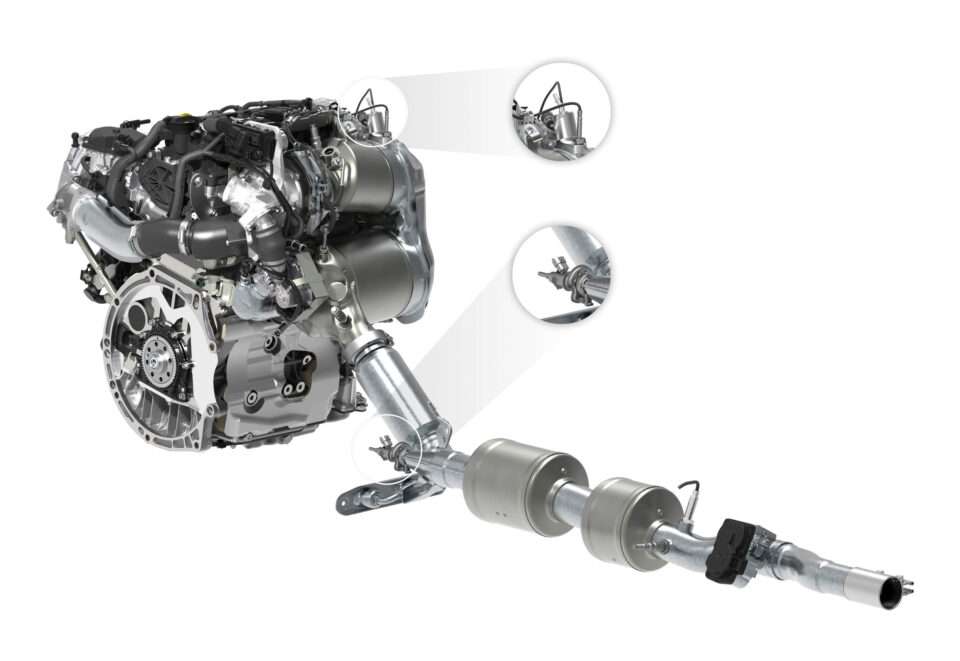Highways England, an organisation under the Department of Transport, is dedicated to improving and maintaining the major A roads and motorways of England. One of their goals is to reduce dangerous vehicle emissions, which is why they recently imposed a speed limit in some motorway sections. HE’s recommended speed limit is 60 miles per hour.
Working with the JAQU (Joint Air Quality Unit) and the DfT (Department of Transport), HE also monitors, and may even modify when needed, approximately 101 national road network sections, particularly those that are reported to emit NO2 levels over the regulated limits. The HE’s study revealed that 30 of the 101 roads allegedly have more than average NO2 emission levels. As such, eight of these 30 now have lower speed limits to help address the emissions problem.
Which motorway sections are affected?
The 60 miles per hour speed limit is required in the following sections:
- M1, particularly the section in Yorkshire near Rotherham
- M5 West Midlands – junctions 1 and 2
- M6 in Witton, Birmingham
Other Highways England actions
In addition to the reduction of the speed limit, Highways England has come up with other ways to help reduce emissions. Most of these actions are carried out on roads with high traffic and activity. For example, since it has NOx levels that are way over the allowed limit, the organisation is considering the possibility of imposing a vertical air quality barrier.
HE is also thinking of installing exhaust filtration devices on buses in certain areas. The devices are said to reduce nitrogen oxides emissions.
Additionally, to lessen congestion and idle time, Highways England has also come up with several schemes that address traffic flow problems.
While HE’s speed limit and other actions for reducing emissions levels in a faster timeframe than the forecast are not feasible for some sections, the organisation guaranteed that investigations continue so they can identify new technologies, practices, and ideas that are suitable for the troublesome sections.
Another idea that HE is thinking of implementing is the rerouting of heavy goods vehicles at certain times and areas.
By the year 2030, Highways England should have planted more or less three million additional trees, installed environmentally friendly and energy-efficient LED lights network-wide, and converted their vehicle fleet to electric. By 2050, the goal is to achieve the net zero status for all cars traveling through the English road network.
Highways England believes that supporting and encouraging the use of electric vehicles can significantly help bring down NO2 emissions levels. In fact, HE supports Nottingham, Derby, and Bristol’s shift to EVs and is considering giving out incentives to those adopting the electric vehicle option. The organisation also assured that it will continue to work on the acceleration of the development of electric vehicle infrastructure.
Through the implementation of speed limits and a combination of other actions, Highways England hopes to make a significant decrease in the emission of harmful pollutants throughout England. In the process, this will help improve air quality.
How can reduced speed limits help?
Aside from helping reduce NO2 emissions and lessen air pollution, imposing reduced speed limits in certain sections of England’s motorways has other benefits:
- Fewer engine breakdowns and less engine wear because a lower driving speed does not strain the engine as much.
- If speed limits are set at 60 mph, fuel use is more efficient.
- Even if the speed reduction is only at 10 mph, the rate of tyre wear is significantly lessened.
- Driving slowly will help reduce the risk of road accidents.
Dieselgate emissions scandal
Reducing speed limits in the identified motorways addresses the issue of high NOx emissions, a problem that has been hounding not only England but the whole of Europe and the United States as well. It started with the diesel emission scandal that happened in 2015 involving German carmaker Volkswagen.
VW was found to have installed defeat devices in several of their diesel vehicles. These devices were used to cheat emissions tests so it will seem like they follow the legal limits of their levels of NOx emitted. In real driving conditions, the emissions are way beyond the safe level. The company has been paying fines and claims and recalling cars for years.
Aside from Volkswagen, other car manufacturers have also been implicated including Mercedes-Benz, Audi, Porsche, BMW, Vauxhall, Nissan, Ford, and Chrysler.
What to do
If you think your car is one of those installed with a defeat device, confirm this by visiting your manufacturer’s website. If it is on the list, get in touch with a solicitor or emission compensation experts who can help you file a claim against the manufacturer for deceiving you. Instead of getting a clean diesel engine vehicle, you have potentially been driving around and adding to the air pollution problem because of the defeat device.
Get in touch with the experienced team of experts at Emissions.co.uk if you want to increase your chances of a successful emissions claim.

